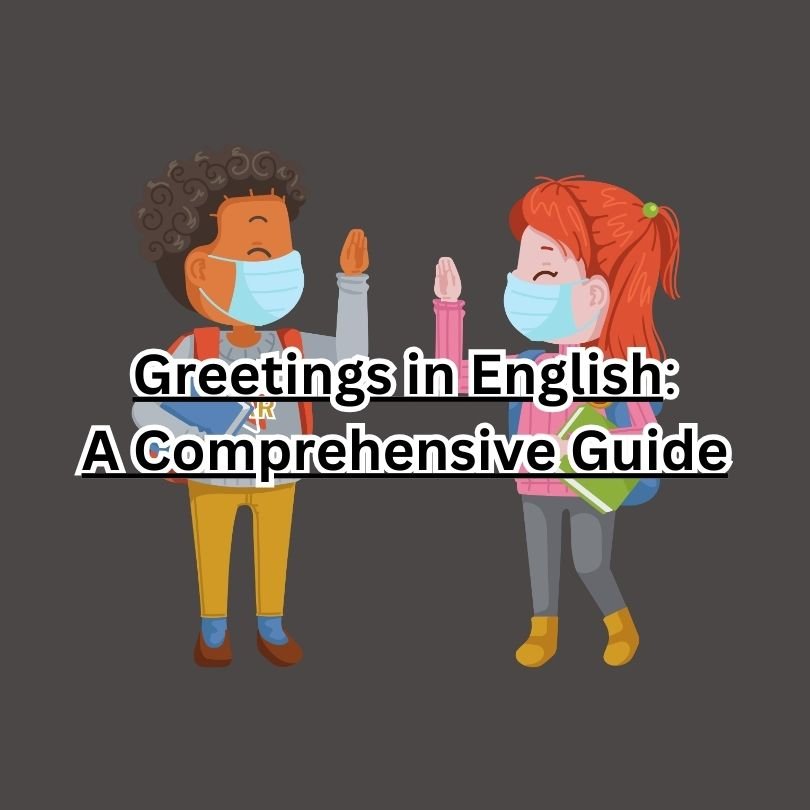Greetings in English: A Comprehensive Guide
Greetings are an essential part of any language, and English is no exception. They serve as the first point of contact in conversations and can set the tone for interactions. In this article, we will explore the various types of greetings in English, provide examples, and demonstrate how to use them in daily conversations through dialogues.
Types of Greetings in English
- Formal Greetings
- Informal Greetings
- Time-Specific Greetings
- Seasonal and Holiday Greetings
Formal Greetings
Formal greetings are used in professional settings or when addressing someone with respect. They are typically used with people you do not know well, such as colleagues, business partners, or elders.
- Good morning: Used from sunrise until noon.
- Good afternoon: Used from noon until around 6 PM.
- Good evening: Used after 6 PM until bedtime.
- Hello: A neutral, formal greeting suitable for any time of day.
- How do you do?: A very formal greeting used when meeting someone for the first time.
Example:
- “How do you do, Mr. Smith?”
Informal Greetings
Informal greetings are used among friends, family, or peers. They are more relaxed and casual.
- Hi
- Hey
- What’s up?
- How’s it going?
- How are you?
Example:
- “Hey, Sarah! What’s up?”
Time-Specific Greetings
These greetings are used at specific times of the day.
- Good night: Used when parting ways at night or going to bed.
- Good day: A formal way to greet someone during the daytime, not commonly used in modern English but still understood.
Example:
- “Good night, everyone. See you tomorrow.”
Seasonal and Holiday Greetings
These greetings are used during specific seasons or holidays to spread cheer and good wishes.
- Merry Christmas
- Happy New Year
- Happy Holidays
- Happy Easter
Example:
- “Happy Holidays, everyone!”
Using Greetings in Daily Life
To understand how these greetings are used in daily conversations, let’s look at some dialogues.
Dialogue 1: Formal Setting
John: How do you do, Dr. Adams?
Dr. Adams: How do you do, John?
John: Pleased to meet you.
Dialogue 2: Informal Setting
Anna: Hey, Tom! How’s it going?
Tom: Hi, Anna! It’s going well, thanks. How about you?
Anna: I’m good, just busy with work.
Dialogue 3: Time-Specific Greeting
Emily: Good night, everyone. See you tomorrow!
Group: Good night, Emily!
Dialogue 4: Seasonal Greeting
Mike: Happy Holidays, Emma!
Emma: Happy Holidays, Mike! Hope you have a great holiday.
By understanding and practicing these greetings, you can improve your English communication skills and make a positive impression in various social and professional settings.
